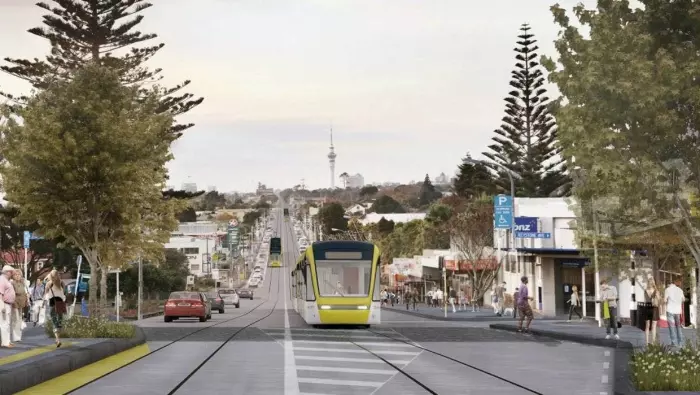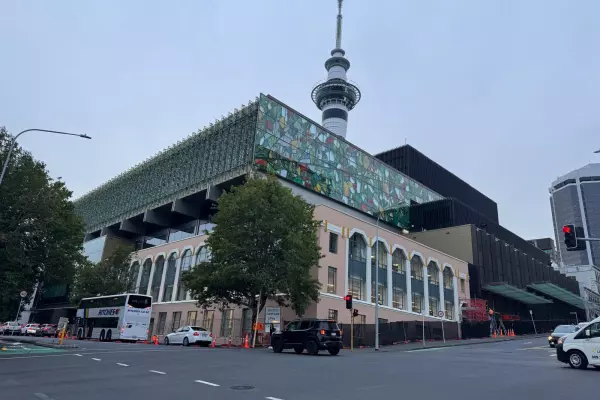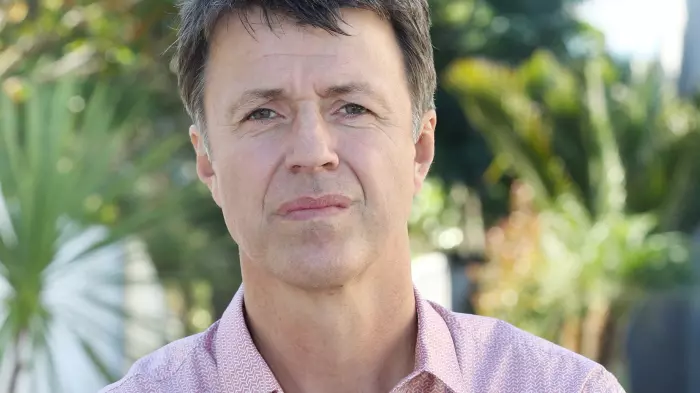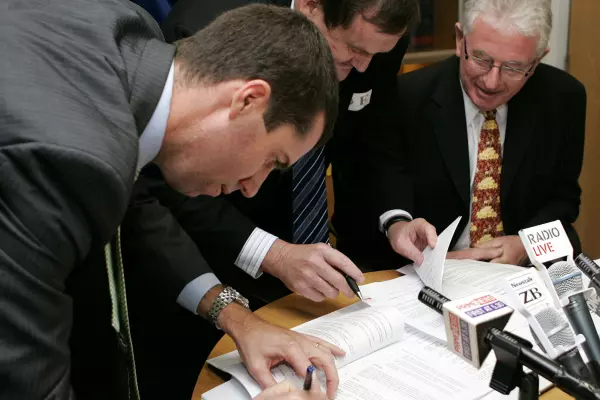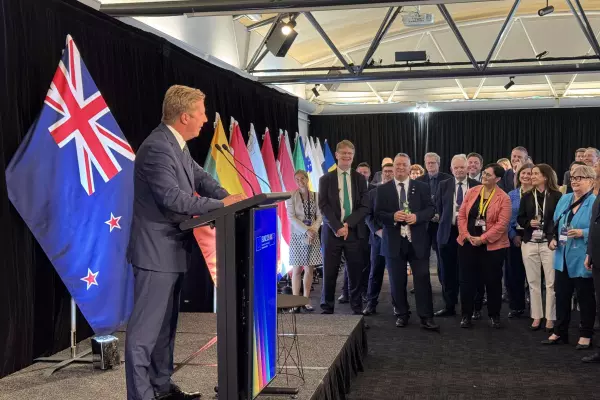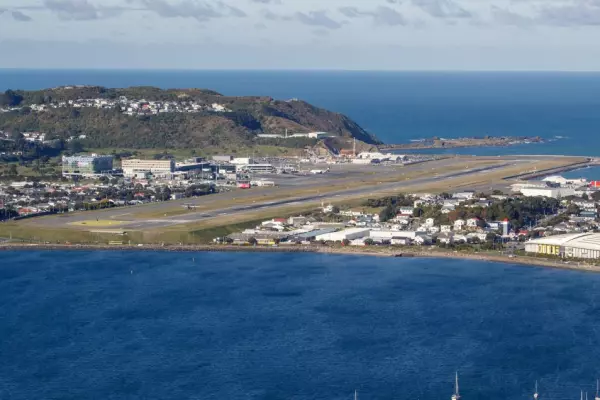There are 20,927 projects listed on New Zealand’s construction books, valued at $357 billion, according to data released by Pacifecon.
The construction research firm counted 654 new projects in the planning stages during June, valued at $4.7b.
More than 2,000 projects got under way last month, valued at $4.13b, while there were 43 projects cancelled, valued at $199 million.
Of those projects in the pipeline, 2,569 were linked to central government and are valued at $96b, up 13% on the number of its planned projects the year before, the data shows.
The highest number of scoped projects on the government pipeline, a total of 960 projects, was in education, with another 630 across housing and residential and a further 475 in civil works.
At a regional level, the lion’s share of that taxpayer-funded spending is into Auckland, which now accounts for 31% of all projects but $53b by value – about 55% of the total construction pie.
That does factor in the proposed allocation of $15b for a new crossing across the Waitematā Harbour and $14.6b for a new bus and light rail transit system from the city to the Auckland airport, although those projects haven’t been formally budgeted or signed off.
Big ticket developments
Pacifecon analyst Sian Campbell said projects were captured as soon as they were proposed, and the harbour crossing has been in the mix since 2011.
Campbell said the amount could change “many times” during the course of a project's lifecycle as detailed specifications emerge, the project scope creeps, or costs are altered – as was the case with the increases due to covid constraints.
Other big-ticket items for Auckland include the $2.1b Warkworth to Wellsford highway and $1.85b east-west roading link, while the $650m redevelopment of the Unitec campus into a 651-home urban village is expected to start within the next 18 months, Pacifecon said.
Hospital projects
Another $5b has been scoped for a windfarm in the south Taranaki Bight, $6b for an offshore windfarm in Southland and $3b for a multi-modal freight hub at Bunnythorpe, north of Palmerston North.
Sod-turning is also likely within the next year on a new $1b regional hospital in Hawke’s Bay, $800m for the in-patient building as part of the $1.7b Dunedin hospital rebuild and $713m for the redevelopment of the Nelson hospital.
The price tags for these scoped projects come as a new report by Te Waihanga – the NZ Infrastructure Commission shows that NZ households spend an average of 16% of their after-tax income, or about $13,500 annually, on infrastructure services such as water, transport, heating and broadband.
Rural communities spend more
The report found that private transport accounted for about 55% of those household costs, followed by electricity at 15%, telecommunications at 10%, water at 7% and public transport at 6%.
Commission general manager of strategy Geoff Cooper said households in rural and regional areas tended to spend proportionally more, as much as 35% of their income, on those items than people in larger, urban areas with more built-up infrastructure.
The highest quintile after-tax income households spent about $20,600 a year, while the lowest came in at $7,400 annual spending.
That compared to spending by Australian households, which in 2019 came in at A$16,400 (NZ$17,890).


